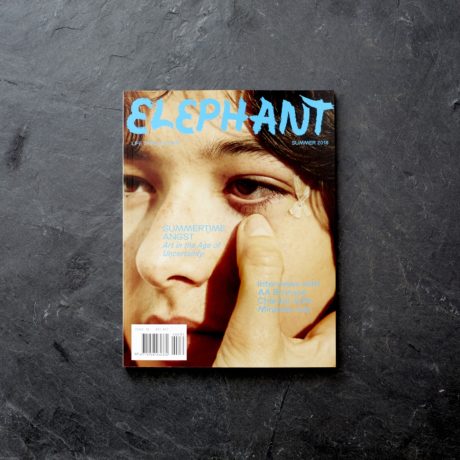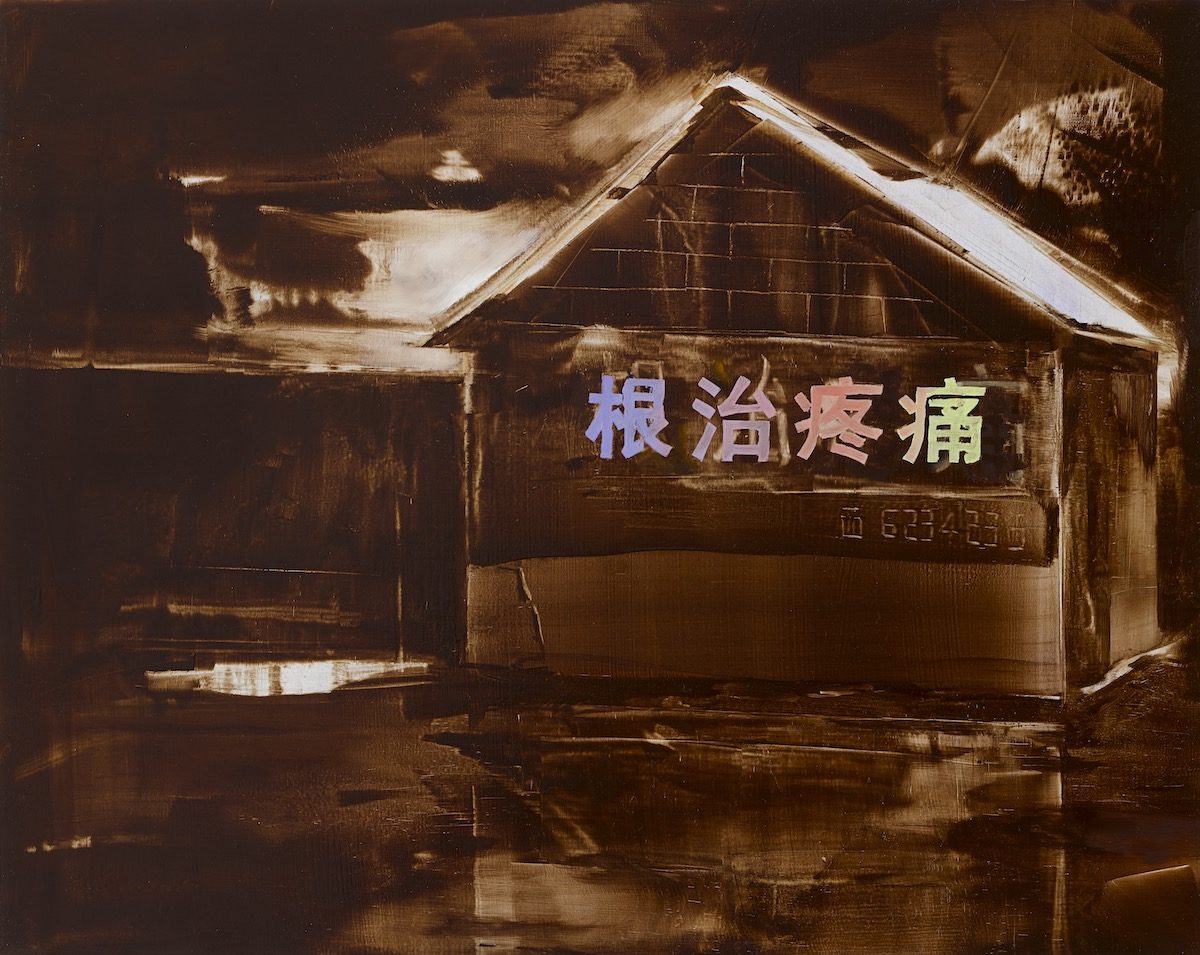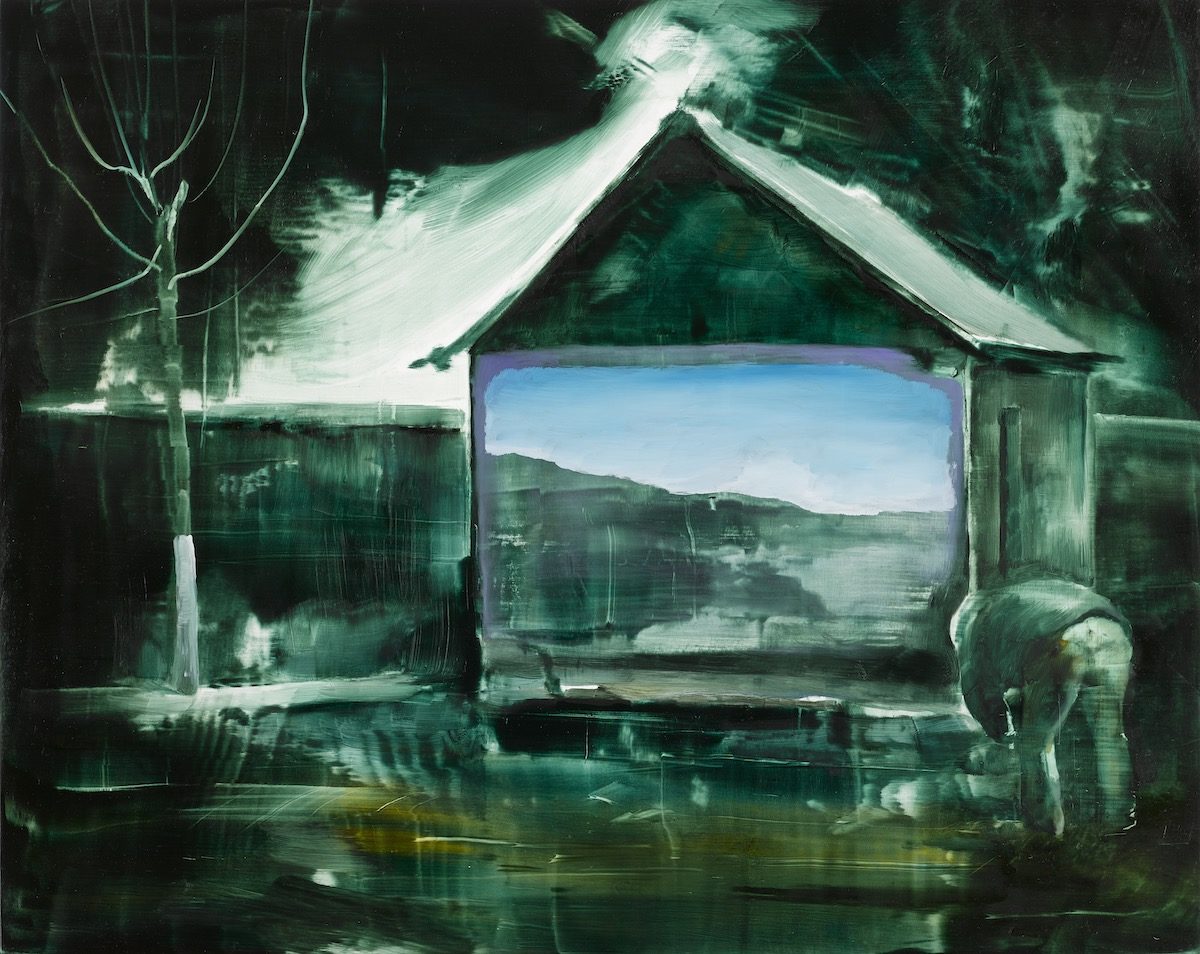
How does angst manifest in your work?
My work does not manifest angst deliberately. Rather, it depicts a sense of the reality I feel, which may contain or make the audience sense the existence of angst. I always find the essence of everyday life very attractive. I hope my paintings have such essence and express themselves with the help of it. Whether the thing I’m expressing is mania or gloom, I hope it is first of all hidden beneath the essence that comes from my real-life experiences. Those strange images and scenes in the paintings actually comprise some common and well-known elements. The process from familiar to unfamiliar is the process of attempting to refine the truth of life.
“I try to avoid making painting a cathartic exercise for myself”
You focus on the younger generation in China—how would you describe the collective youth experience, and why is this a particularly unsettling time?
The idea of progress is the main tone of our society today. From an individual level to our whole society, everyone is frantically seeking a higher, faster and stronger state. However, it seems that we lack in-depth reflection. What makes me more concerned is that this seems to be our only path to the future and there is no retreat—you need to progress constantly to avoid being excluded from society. Individuals, like grains of silt in the water, are being carried along without knowing their destination or where they belong. That is where I suppose the unsettling feeling comes from.
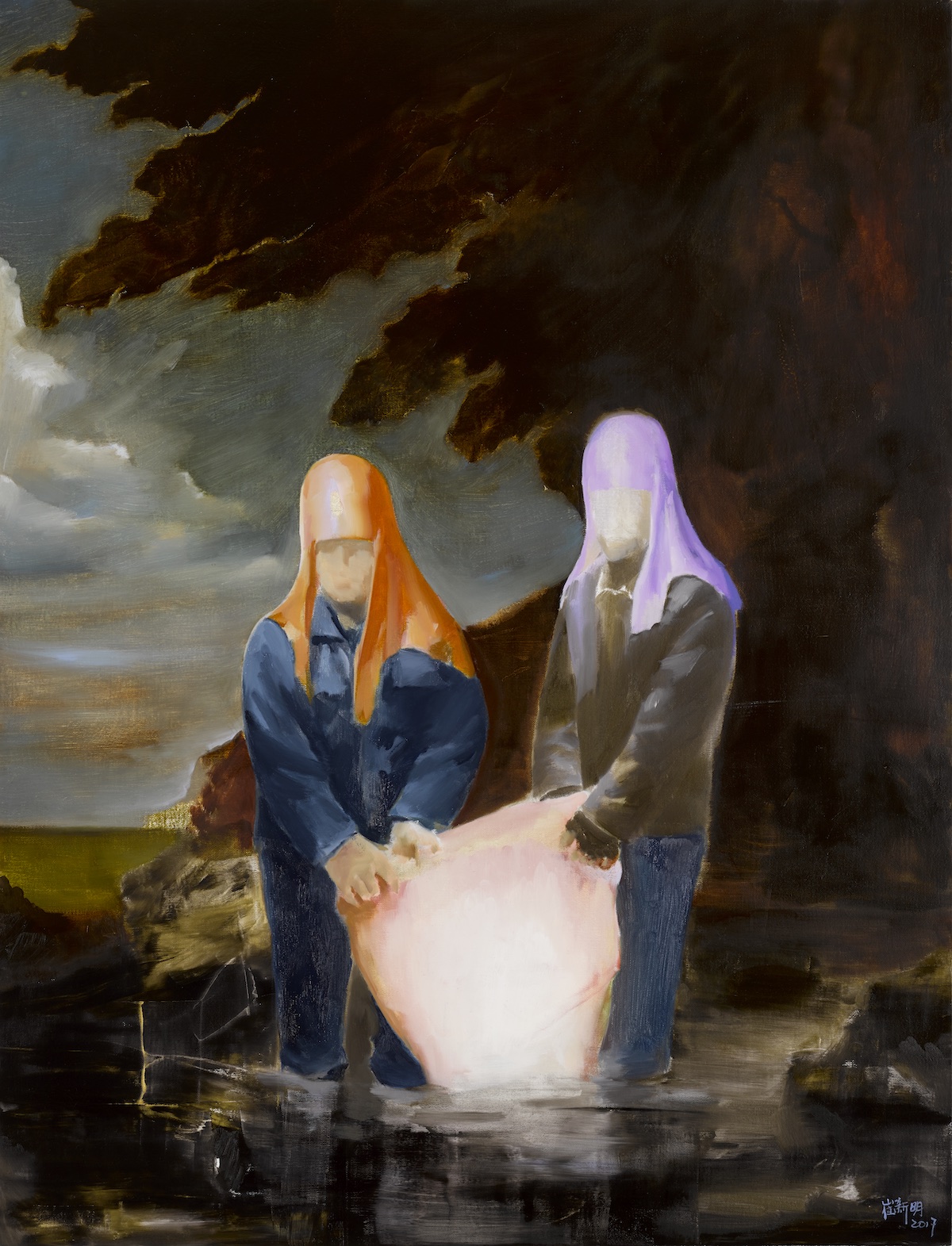
Sometimes the group lends a sense of comfort to the otherwise tense scenes in your paintings, and at times it feels as though the individual is escaping into their own world. Can you tell me a bit more about this?
My paintings attempt to reflect a certain sense of reality. As such, the painting sometimes renders the image of an individual and sometimes the image of a group. Sometimes it depicts the people in front of us (a close-up shot), moving to or standing at the brightest place in the painting—a place full of glory—with their backs to us. Sometimes the paintings depict people fulfilling their daily activities (mid-shot) and thereby convey a certain meaning through a sense of everyday calm.
- Left: Portrait Study 3 (Hometown) - R, 2017; Right: Portrait Study 3 (Hometown) - L, 2017
How does your own experience feed into this? Is painting a cathartic exercise for you?
My own experience is my original basis for the judgment and reflection in my work and I will always return to this point whenever I get confused, distracted or in a dilemma. This is a common approach: building a stage for all living beings based on your flesh self. Although my paintings incorporate a lot of personal experiences and emotions, I try to avoid making painting a cathartic exercise for myself. I hope it is a rational and systematic process: from acquiring, classifying and storing information, to processing information and making material research. It is meanwhile a process of finding oneself and finding a perfect match with the outside world.
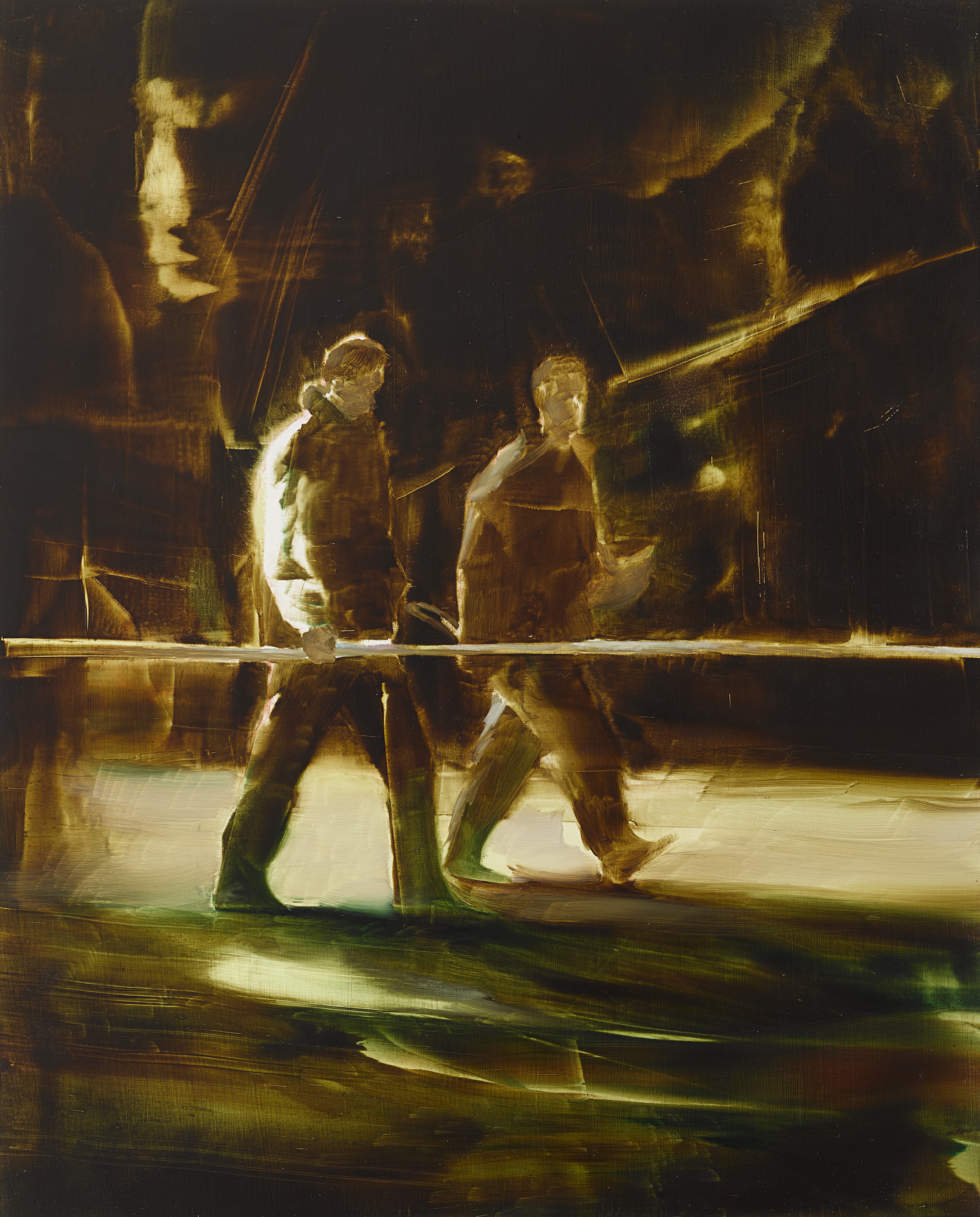
Your stark use of light and dark lends a sense of doom or apocalypse to the works, yet overall your paintings seem to capture both fear and hope at once. Does either emotion win out for you in the end, or do you see them as inherently linked?
Classical Western paintings that represent religious themes and baroque portraits that emphasize the use of light interest me extremely: light as a medium and its potential to represent sacredness, solemnity, silence and the beauty of time. I often use it as the basis to arrange a painting. What I particularly want to achieve is that under a generally calm-looking picture, a kind of unsettlement appears that comes close to the truth.
“When it comes to fear and hope, I think they always exist side by side”
When it comes to fear and hope, I think they always exist side by side. In life, we always wish people “good luck” and “all the best”, which means we expect that the development of things will lean towards the side of hope. Perhaps the reason for delineating and focussing on this paradox comes from my belief that people do not dare to live life at ease since they cannot get away from fear and hope. Personally, on this issue I am pessimistic. However, I still hope good will always accompany people in the future.
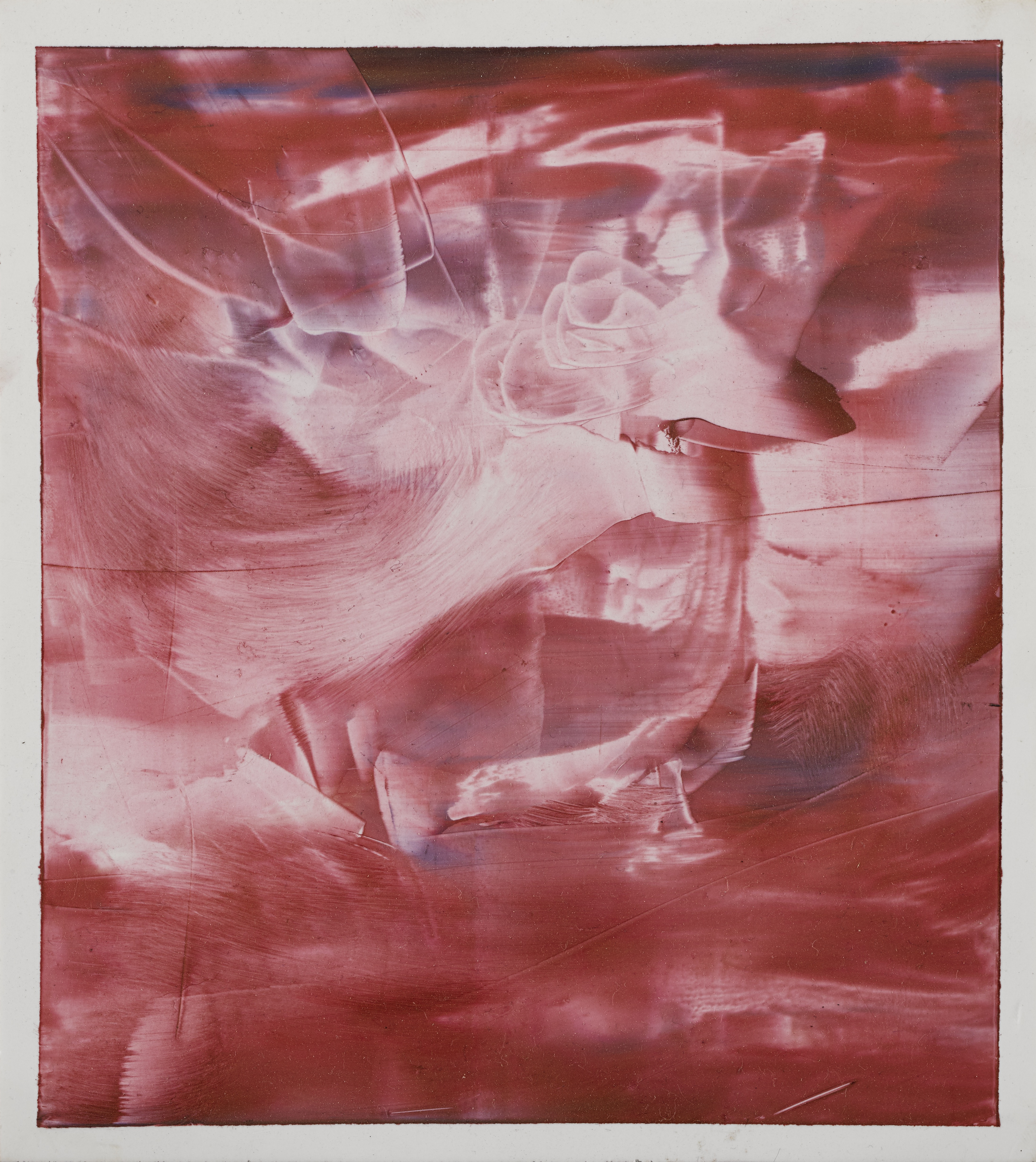
There is a toxicity to some of the light in the work—it has a glow that feels unnatural and dangerous. Are your concerns environmental as well as social and political?
Yes, many of my current works portray light and the scenes happening under such light. Meanwhile, the strangeness and angst of light is reinforced by the atmosphere of the picture and the combination of images. For me, this is a metaphorical approach. I do not intend to express concern about any specific issue. This said, every daily task that involves us contains environmental, social and political issues, as you have mentioned, or even the aftermath of them. Therefore, it is inevitable to talk about these issues if you are talking about everyday life, albeit in an indirect way. You talk about them metaphorically, about life that has been deeply influenced by them.
This feature originally appeared in issue 35
BUY ISSUE 35